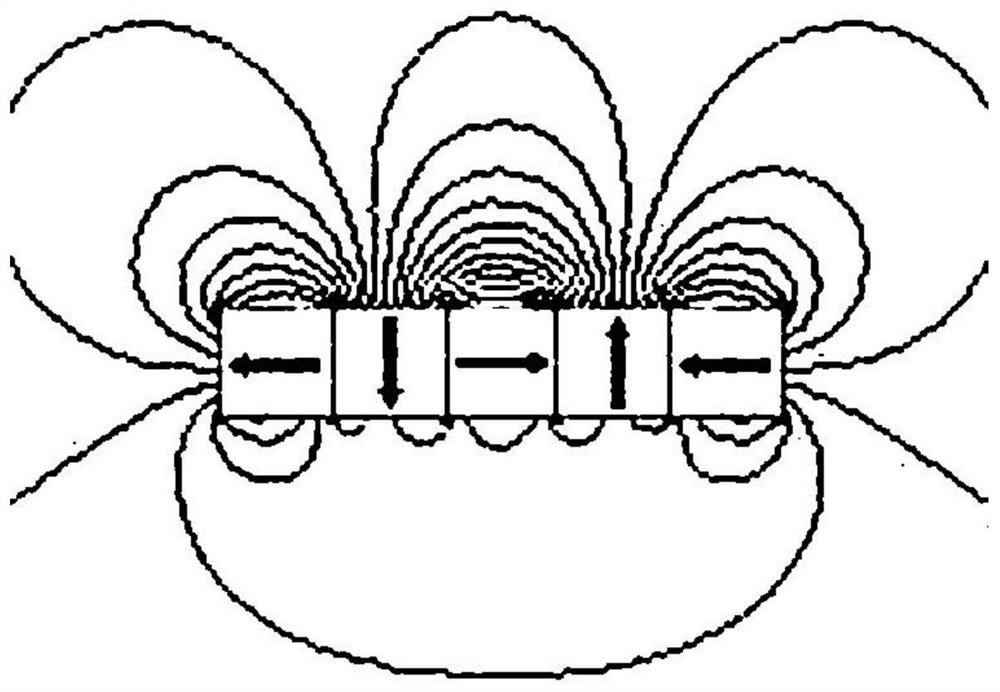Composite adsorption crawler-type passive climbing mechanism
A compound adsorption and track-type technology, applied in the field of wall-climbing robots, can solve the problems of insufficient magnetic attraction, limited climbing and moving ability, and high energy consumption, so as to reduce the local stress and strain amplitude, ensure the flexibility of movement, and reduce the The effect of energy consumption
- Summary
- Abstract
- Description
- Claims
- Application Information
AI Technical Summary
Problems solved by technology
Method used
Image
Examples
Embodiment Construction
[0026] The following will clearly and completely describe the technical solutions in the embodiments of the present invention with reference to the accompanying drawings in the embodiments of the present invention. Obviously, the described embodiments are only some, not all, embodiments of the present invention. Based on the embodiments of the present invention, all other embodiments obtained by persons of ordinary skill in the art without making creative efforts belong to the protection scope of the present invention.
[0027] The purpose of the present invention is to provide a crawler-type passive climbing mechanism with composite adsorption to solve the problems of the above-mentioned prior art, and to propose a crawler-type climbing mechanism with a composite effect of normal adsorption force by integrating the principles of electromagnetic adsorption and negative pressure adsorption Mechanism, improve the adaptability of the climbing mechanism to the surface material prop...
PUM
 Login to View More
Login to View More Abstract
Description
Claims
Application Information
 Login to View More
Login to View More - R&D
- Intellectual Property
- Life Sciences
- Materials
- Tech Scout
- Unparalleled Data Quality
- Higher Quality Content
- 60% Fewer Hallucinations
Browse by: Latest US Patents, China's latest patents, Technical Efficacy Thesaurus, Application Domain, Technology Topic, Popular Technical Reports.
© 2025 PatSnap. All rights reserved.Legal|Privacy policy|Modern Slavery Act Transparency Statement|Sitemap|About US| Contact US: help@patsnap.com



